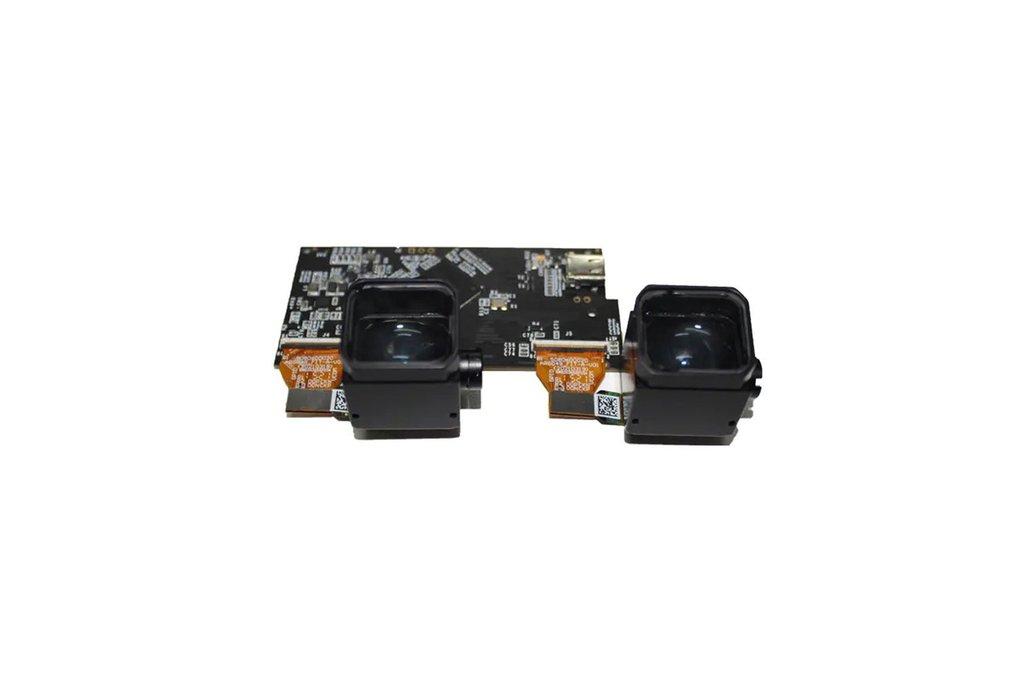EVF Optical Module: Essential Component for High-Quality Electronic Viewfinders

Electronic Viewfinders (EVFs) are now a key part of modern digital imaging and wearable display devices. Behind their crisp, real-time visuals is a vital component—the EVF optical module. Whether in mirrorless cameras or smart glasses, this module plays a crucial role in image clarity and compact system design.
In this article, you’ll learn what the EVF optical module is, how it works, and where it’s most commonly used.
What Is an EVF Optical Module?
An EVF optical module is a specially designed optical unit used in electronic viewfinders to direct light from a small display to the viewer’s eye. It includes lenses, coatings, and alignment systems that ensure the image appears clear, sharp, and undistorted.
Unlike traditional optical viewfinders, EVFs rely on microdisplays and a tailored lens system to reproduce real-time images digitally. The EVF optical module bridges the gap between the display and human vision.
How Does It Work?
The EVF optical module functions by:
-
Magnifying Display Output: It enlarges the tiny microdisplay so the eye sees a lifelike image.
-
Correcting Aberrations: Ensures sharp edges and color accuracy across the frame.
-
Optimizing Light Transmission: High-quality coatings reduce reflection and increase brightness.
-
Compact Path Design: Designed to fit in tight spaces like camera bodies or AR glasses.
Because of its precise optical design, the EVF module creates an immersive, responsive experience for users—even in fast-moving or low-light conditions.
Key Benefits
Here are the core advantages of using an EVF optical module:
-
Clear Real-Time Preview: Ideal for photographers, videographers, and AR/VR users.
-
Compact Integration: Supports sleek product designs without sacrificing visual quality.
-
Low Power, High Brightness: Efficient optics reduce the need for excessive display power.
-
Reliable Performance: Designed to work consistently across lighting and environmental conditions.
A high-grade EVF optical module ensures that what the user sees is exactly what the system intends to show.
Where It’s Used
EVF optical modules are used in a wide range of devices:
-
Mirrorless Cameras: Enables accurate composition and real-time display.
-
AR/VR Devices: Helps users see overlay graphics clearly in smart glasses or headsets.
-
Medical Equipment: Used in diagnostics tools that require accurate visual rendering.
-
Industrial Gear: Integrated into vision systems and machine interfaces.
Whether it’s a compact camera or advanced AR glasses, the EVF module makes digital imaging precise and wearable.
Conclusion
The EVF optical module is more than just a lens—it’s a precision engine that drives digital vision. By combining optical performance with a compact design, it enables real-time, high-quality visuals in a range of devices from cameras to AR/VR headsets. As visual technology evolves, EVF modules will remain at the core of user experience and device innovation.
- Art
- Causes
- Crafts
- Dance
- Drinks
- Film
- Fitness
- Food
- Jogos
- Gardening
- Health
- Início
- Literature
- Music
- Networking
- Outro
- Party
- Religion
- Shopping
- Sports
- Theater
- Wellness


